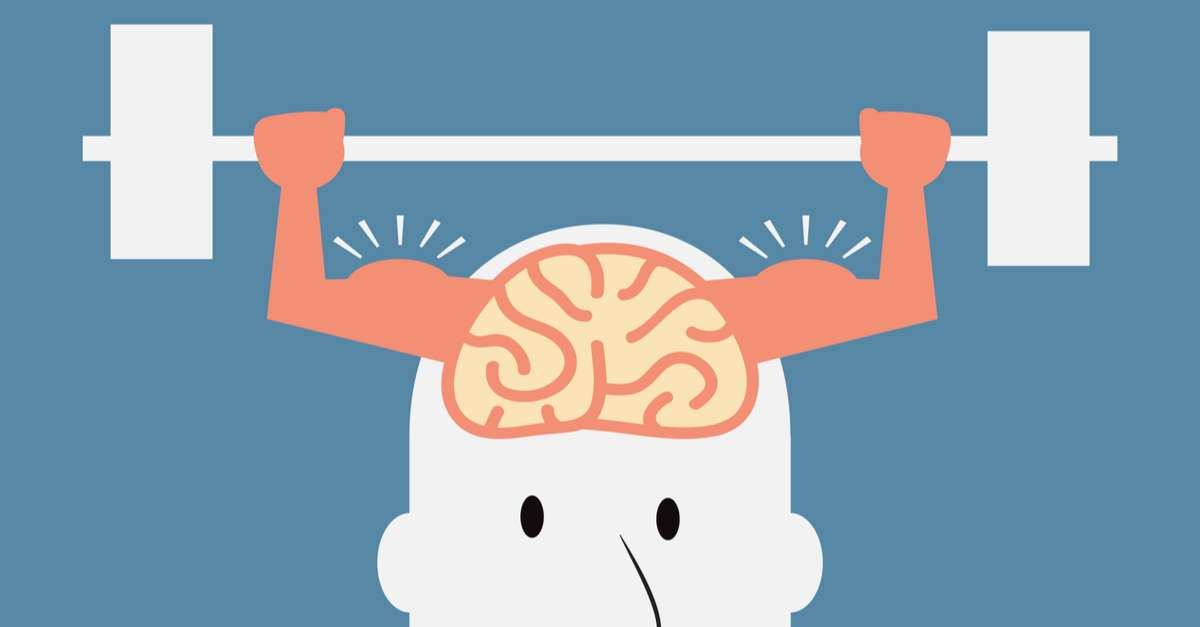Scientists have long understood that the brain is resilient, due in large part to neuroplasticity that allows the brain to modify connections and rewire itself. Previously, scientists thought this neuroplasticity ended early in childhood. Now, research shows that it continues even as we age.
For medical researchers, this finding has resulted in development of tools and techniques to promote neuroplasticity and brain health as people age. For individuals, the research has revealed steps everyone can take to exercise their brain and maintain strong cognitive function.
The ability for the brain to continue to change even in our adult years impacts us in different ways. It means the brain continues to reorganize pathways and create new connections. Less frequently, it also can result in the brain creating new neurons.
All this can help people recover from strokes and traumatic brain injury, enhance existing cognitive abilities, improve the ability to learn new things and strengthen areas of the brain where age-related cognitive decline has taken a toll.
What Is Brain Plasticity?
About 86 million neurons make up the human brain. In the early days of brain research, experts believed that creation of neurons – called neurogenesis – stopped not long after birth. But a large amount of research in recent years, including examination of brains from the recently deceased, shows neurogenesis continues as we age.
But that’s just one function of neuroplasticity. Overall, neuroplasticity impacts the brain in two ways.
Functional plasticity. This involves the brain’s ability to move functions from one area of the brain to another. It’s key to recovering from traumatic brain injury. An example of functional plasticity is how the loss of one sense can enhance the other senses.
Structural plasticity. This involves the brain’s ability to change physical structure through learning. Experiencing something new causes the brain to change. The more you revisit the memory of that experience – or the more you practice a new skill – the stronger new connections in your brain become.
Tools and Techniques To Rehabilitate Injured Brains
Research indicates it’s possible to improve damaged brains by developing new connections through functional plasticity. Brains build new connections in undamaged areas when stimulated by tools such as virtual reality, music therapy and imagining physical movements.
Those who suffer anoxic brain damage, often caused by cardiac arrest, may improve brain function through hyperbaric oxygen therapy (HBOT), a treatment that involves giving patients 100% oxygen at high pressure to increase the levels of oxygen dissolved in body tissues.
Recent studies have found HBOT treatment is effective in such cases, even months or years after the cardiac event.

How To Improve Brain Plasticity On Your Own
People can train the brain to create new connections, adapting and changing to new experiences and knowledge. Experts point to the following actions people can take on their own to encourage neuroplasticity.
Exercise Your Brain
Researchers have found that activities requiring focused attention and that present a challenge can stimulate changes in the brain. The impact of such activities continues even as we age. Ideas in this area include learning a new language or how to play an instrument, travel and exploring new places, creativity (drawing, writing, dancing, etc.) and reading.
Get Adequate Sleep
Sleep now is associated to a high degree with both cognitive health and physical health. Most people require at least seven and half hours of sleep. There are a number of good sleep habits people can follow to improve their rest at night.
Regular Exercise
Routine physical activity leads to many benefits for the body and the brain. It’s one of the five anti-aging habits people can put into practice right away. Recent research associates physical activity with preventing neuron loss in the hippocampus, the area of the brain that involves memory and other important functions.
The new research into neuroplasticity can help doctors develop more effective treatments for those who suffer brain injuries through trauma, stroke or from neurodegenerative diseases such as Alzheimer’s. It also can help people develop habits that continue to exercise their brains and promote neuroplasticity as they age.
